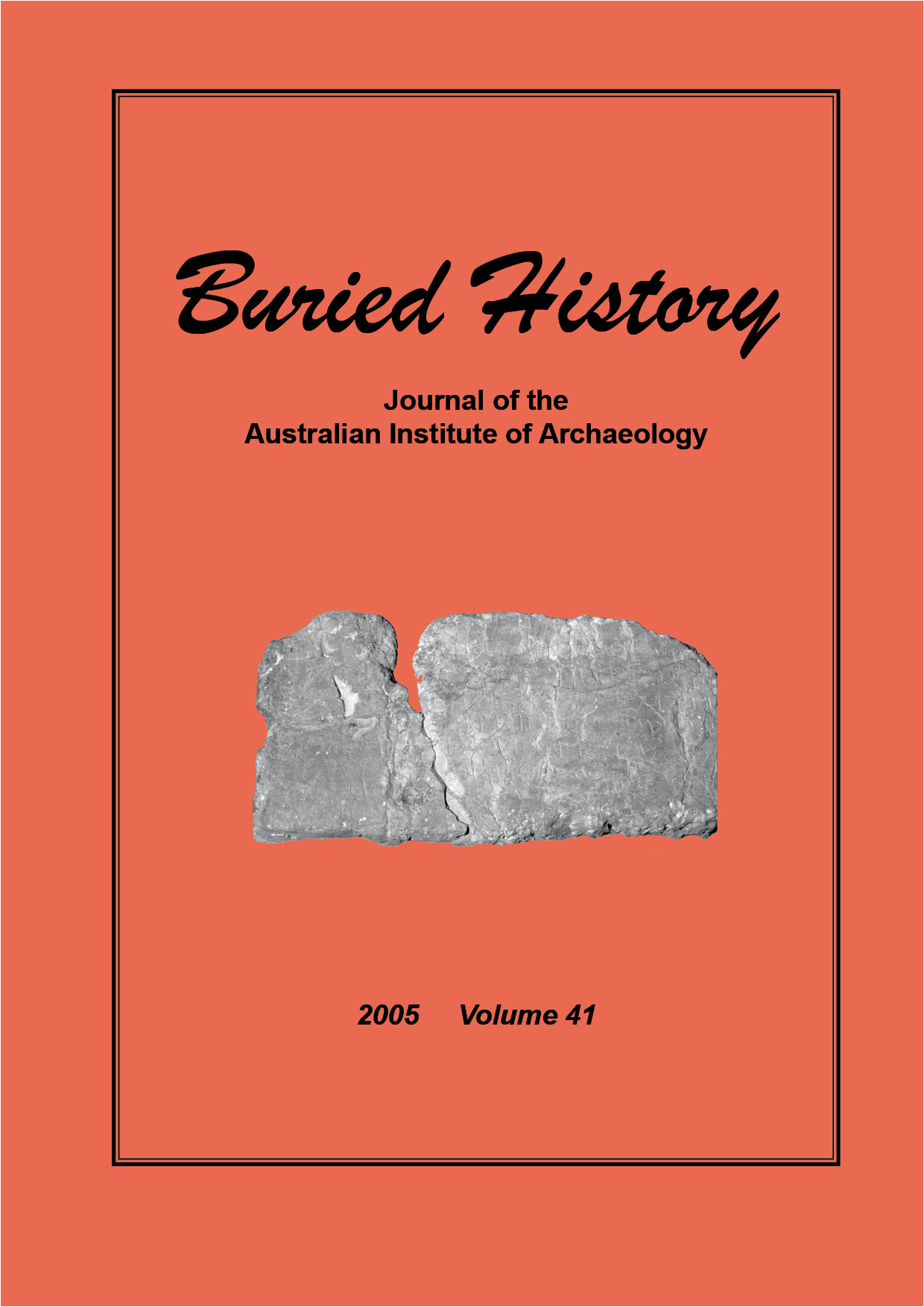Reconstructing Ancient Kellis
DOI:
https://doi.org/10.62614/67bcfg80Abstract
The possibilities offered by Virtual Archaeology generated a great deal of enthusiasm during the 1990s despite limitations of the technology. Today, with advances in computer graphics and processing power, 3D applications are increasingly used in furthering the documentation, conservation and preservation of ancient heritage. This paper examines the digital reconstruction of Ismant el-Kharab, ancient Kellis, Egypt based upon data from excavations carried out by Dr Colin Hope and Dr Gillian Bowen, Centre for Archaeology & Ancient History, Monash University. Presently ancient Kellis exists principally in data not immediately interpretable to the general public. In line with the growing emphasis on Virtual Heritage, comprehensive three-dimensional (3D) visualisations can significantly advance the awareness of historical sites normally inaccessible due to their location or fragile condition. Visualisations stretching across time and space can provide the possibility of visiting places that no longer exist or of viewing how places would have appeared at different times in their history. In the case of ancient Kellis, as in most archaeological excavations, a complete reconstruction is not possible as only a fraction survives. Several theories may compete to explain probable or possible reconstructions; a presentation of plural visualisations is the only way to obtain reasonable results. Interactive applications offer the ability to compare and contrast details of buildings and suggested reconstructions and choose between visualisations where temporal and spatial aspects can be explored. These techniques can significantly advance the archaeological interpretation of the site.
Published
Issue
Section
License
Copyright (c) 2006 Gillian E. Bowen, Thomas Chandler, Derrick Martin (Author)

This work is licensed under a Creative Commons Attribution-NonCommercial-ShareAlike 4.0 International License.




